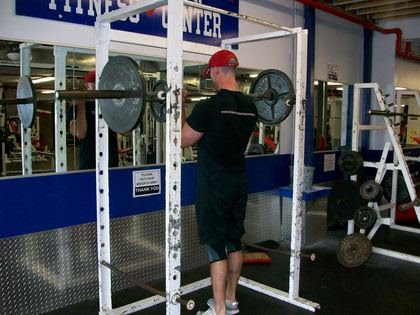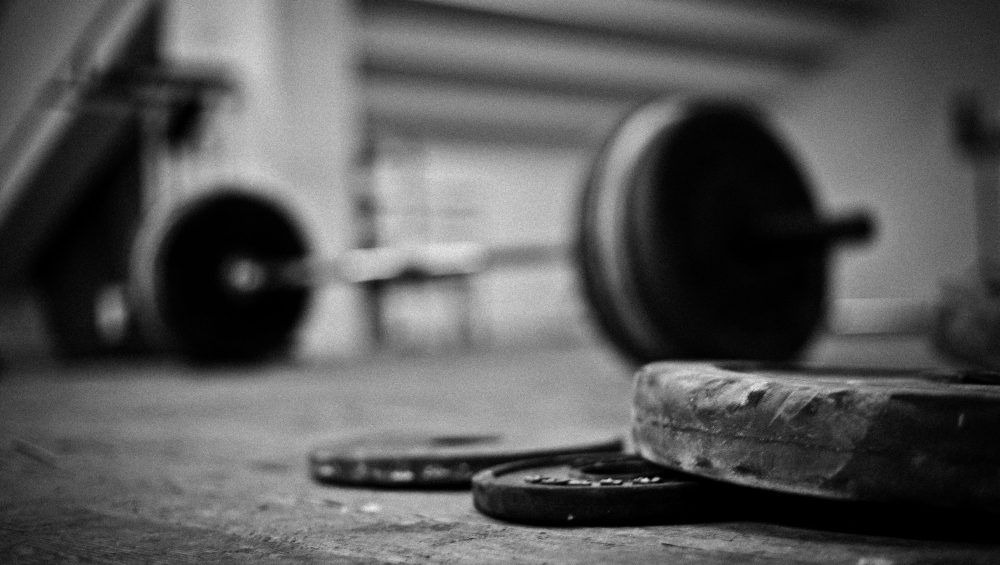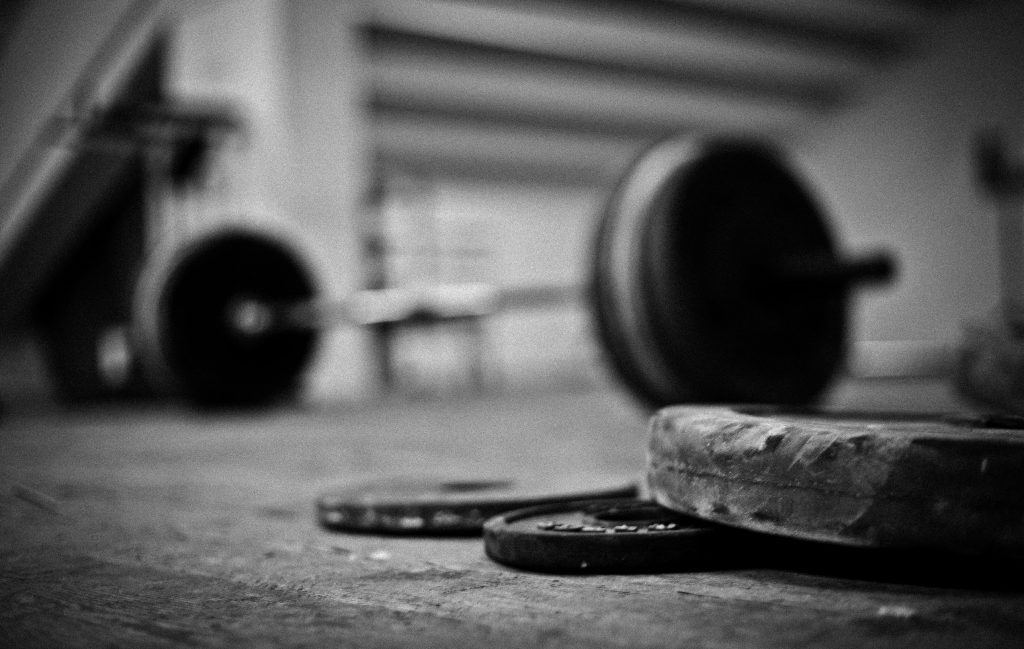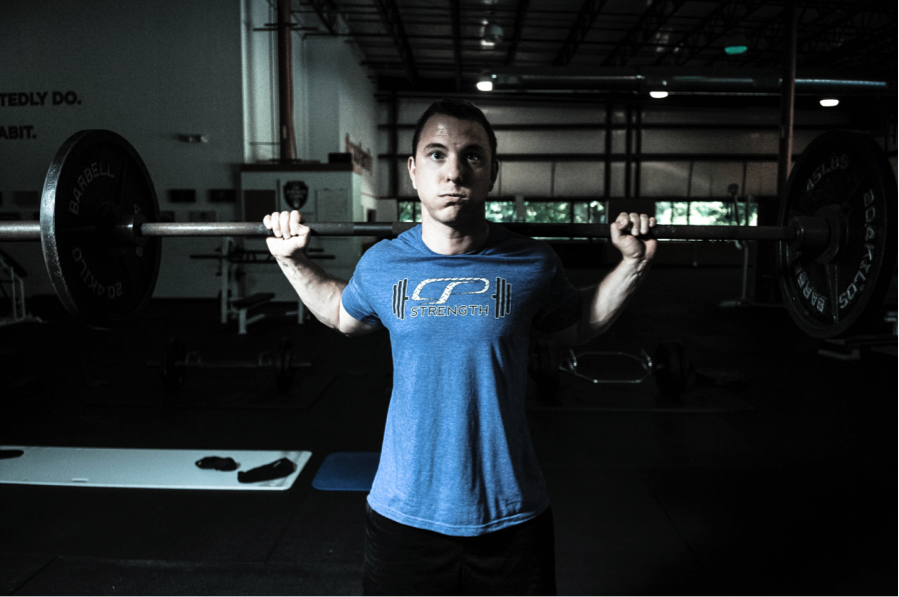I have a few silly rules at CORE:
- Always greet my clients with a smile and their first name when they walk through the door.
- When someone is attempting a deadlift PR (or if they’re deadlifting in general), they get to pick the music.1
- Everyone has to wear pants on Wednesdays.
- Clients have to “earn” their bicep curls.

Last week I posted something up on my Instagram account highlighting the latter point – earning your curls – that sparked some good conversation.
I posted a video of one of my female clients performing a set of bicep curls and in the description I wrote:
“I have a silly rule when it comes to working with female clients. I don’t include any direct arm work (mostly referring to bicep curls here) until they’re able to perform a strict bodyweight chin-up. @blondepaleo has earned her curls.”
Actually, what am I doing?
Why don’t I just post the video and subsequent commentary here?
DUH.
Many who chimed in simply asked “why?” and asked if I’d explain my rationale and train of thought.
Others brought up some very valid points, even disagreeing with me, which also served as an additional impetus to write this post and expound further.
So, here we go.
Earn Your Curls
First and foremost let’s not get cra-cra.
There’s a lot of things I take an “anti” stance on – anti-vaccers, Dr. Oz, mushrooms, poodles – but bicep curls isn’t one of them.
I’m not some elitist, Acai shake drinking, gluten free eating, bourgeoisie douchehole running around the far reaches of the internet trolling people telling them “bicep curls aren’t a functional exercise.”
Because, well, they are.
There are many things we do and accomplish in everyday life that require us to flex our elbows and/or to hold something isometrically in our arms.
Secondly, just so we’re clear, I’m also not a Sith Lord.
I don’t deal in absolutes.
There’s always going to be a “what if” or “it depends” caveat to any comment or claim.
As someone astutely pointed out in my original IG post:
“What if you’re working with someone who’s overweight and would otherwise have a long journey to their first chin-up/pull-up?”
1. On one hand, as a coach, I’m going to work to the best of my ability to set all my clients up for as much success as possible. My goal is to respect their goal(s) and to elicit a training effect.
If bicep curls are part of that equation, so be it.
2. However, assuming an overweight client’s goal is to lose weight, I can think of many things more deserving of our time within an hour session than performing bicep curls.
Anyhoo…..
As far as WHY I have my “no bicep curl until you can chin-up” rule I can wrap it up into a few bullet points:
1. Standards Simplify Programming
By implementing a few standards or “markers” into the mix, I find it helps to make programming more seamless and transparent.
As an example I have my own rule that no one graduates to the Trap Bar Deadlift until he or she can deadlift the “Beast” (48 kg kettlebell).
I have no smarty aleck explanation as to why, it’s just something I adopted after reading something from strength coach Mike Perry which resonated with me.
There’s no time line on this.
I have some clients who nail it within a session or two. Some take a few weeks. Others take a few months.
Either way it provides some semblance of guidance and direction with programming.
Do this then you can do that.
2. Performance Based Goals Work
Lets be real: most people start working out because they want to look good naked.
There’s no denying the aesthetic bias that drive many of us to the iron.
Whether I’m working with a female or male client for the first time, many will divulge they’d like to “tone up” this area or “tighten up” that area.
Having a pair of muscular arms to show off – especially now that we’re in the summer months here in Boston – is almost always high on someone’s list.
In my 15+ years as a personal trainer and strength coach, though, the limiting factor which prevents most people from attaining a nice pair arms isn’t their lack of bicep curls.
It’s their lack of being strong.
If I can nudge trainees towards a performance based goal – which will provide purpose and intent in their training – almost always, the aesthetic changes many covet just kinda sorta happen.2
3. People Are Gonna Perform Curls
Listen, I’m not going to sit here and say programming bicep curls is stupid, because it’s not. I often toss in a bonus “Gun Show” for many of my clients at the end of their session.
That being said, I wasn’t born yesterday.
Why program curls if you know people are going to sneak them in on their own no matter what anyways?….;o)
The Chin-Up Hierarchy
My friend and colleague, Max Shank, brought up a valid point in the conversation:
“Dude I have a rare opportunity to politely disagree with you on something!
Shall we?
Curls are a functional exercise. They also can help one achieve a faster, better pull up if applied properly. “Endless” would be totally up to application.
You are silly in a good way, my friend—and your rule is silly in a doesn’t really make sense to me yet kinda way. Maybe this is just the pendulum swinging back from too many curls and kickbacks and no compound moves?”

I can’t disagree with any of that.
“It depends” is always the right answer to any question.3 And, to be candid, I have programmed bicep curls into some client’s programs in an effort to expedite their chin-up prowess.
Oftentimes for the the exact reasons Max outlined above.
But also because bicep curls can help with the “end range” of the chin-up….especially those last 1-2 inches. Moreover, in terms of helping to improve anterior shoulder stability (bicep tendon attaches to the corocoid process), bicep curls can be valuable.

To that end, when it comes to one’s ability to perform their first chin-up (male or female) there’s a hierarchy of sorts I like to follow.
Training chin-ups/pull-ups more frequently will be paramount. This is a point I stole from Artemis Scantalides who’s a HUGE fan of training the chin-up 4-5x PER WEEK.
Mind you, not the “chin-up” chin-up 4-5x per week, but rather all the “stuff” that make up its parts 4-5x per week.
1. Learn the Hollow Position
This is a great way to teach context. Trainees need to learn to appreciate the Hollow Position from the floor before they have any hope in emulating the same position hanging from a chin-up/pull-up bar.
What’s more, there are a number of exercises you can perform in the Hollow Position – 1-Arm Presses, DB Flye, for example – that will reinforce full-body tension and transfer very well to the chin-up/pull-up
2. Learn to Use the Scapulae and Lats
The biceps ARE in the line-of-pull when it comes to chin-ups/pull-ups, so it’s not uncommon for people to feel them working.
However, it becomes a problem when the biceps the only thing people feel working.
The upper back, scapulae (shoulder blades) in particular, should be where the movement initiates, as well as the lats.
Scapular pull-ups, as demonstrated by strength coach Meghan Callaway above are a fantastic learning tool. That and cueing people to drive their elbows towards the floor when pulling.
3. Confirming, that, in fact, Wu-Tang Clan Ain’t Nuthin to Fuck Wit
Because, they’re not.
4. Actual Chin-Up Variations (Hanging From a Chin-Up/Pull-Up Bar)
- Chin-ups with accommodating assistance (band assisted)
- Eccentric Chin-Ups (emphasizing the lowering portion)
- Flexed-Arm Hangs
- Straight Arm Hangs
- Straight Leg or Bent Knee Raises
5. Accessory Movements
Movements/exercises that very closely resemble chin-ups/pull-ups and/or target the same muscle groups:
- Rack Pull-Ups
- TRX Progressions
Starting with regular ol’ Inverted Row variations to something more along the lines as this:
- Seated Lat Pulldowns – various grips
- Any rowing variation – Seated Rows, Chest Supported Rows, DB Rows, literally, anything.
- Rollout variations – Stability Ball, Ab Wheel, etc
6. Bicep Curls
Get some.
Wrapping Up
I am not anti-bicep curl.
I am not anti-bicep curl as part of a program to help someone achieve their first chin-up (or to perform more chin-ups).
I’m just anti-bicep curl when I know I have a limited amount of time with someone.




















 George began his time at Cressey Sports Performance as an intern in the fall of 2013, and returned in 2014 as CSP’s Group Fitness Coordinator, overseeing all Strength Camp coaching and programming responsibilities.
George began his time at Cressey Sports Performance as an intern in the fall of 2013, and returned in 2014 as CSP’s Group Fitness Coordinator, overseeing all Strength Camp coaching and programming responsibilities.




